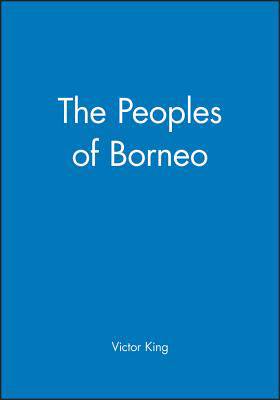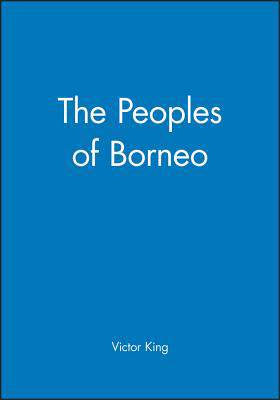
- Afhalen na 1 uur in een winkel met voorraad
- Gratis thuislevering in België vanaf € 30
- Ruim aanbod met 7 miljoen producten
- Afhalen na 1 uur in een winkel met voorraad
- Gratis thuislevering in België vanaf € 30
- Ruim aanbod met 7 miljoen producten
Zoeken
€ 92,45
+ 184 punten
Omschrijving
Examines the ethnic diversity of Borneo and shows that, beneath these variations, there are common social and cultural features. The book provides a view of traditional Bornean societies and cultures, documenting the challenge to traditional ways of life posed by modernization.
Specificaties
Betrokkenen
- Auteur(s):
- Uitgeverij:
Inhoud
- Aantal bladzijden:
- 352
- Reeks:
Eigenschappen
- Productcode (EAN):
- 9780631172215
- Verschijningsdatum:
- 10/06/1993
- Uitvoering:
- Hardcover
- Afmetingen:
- 166 mm x 236 mm
- Gewicht:
- 706 g

Alleen bij Standaard Boekhandel
+ 184 punten op je klantenkaart van Standaard Boekhandel
Beoordelingen
We publiceren alleen reviews die voldoen aan de voorwaarden voor reviews. Bekijk onze voorwaarden voor reviews.








